When To Harvest Rhubarb For The Sweetest Spring Flavor – Plus, Tips For A Tart & Tasty Rhubarb Haul
Discover expert tips on how and when to harvest rhubarb for the best spring harvest ever! Here's what you need to know for a deliciously tart rhubarb harvest.
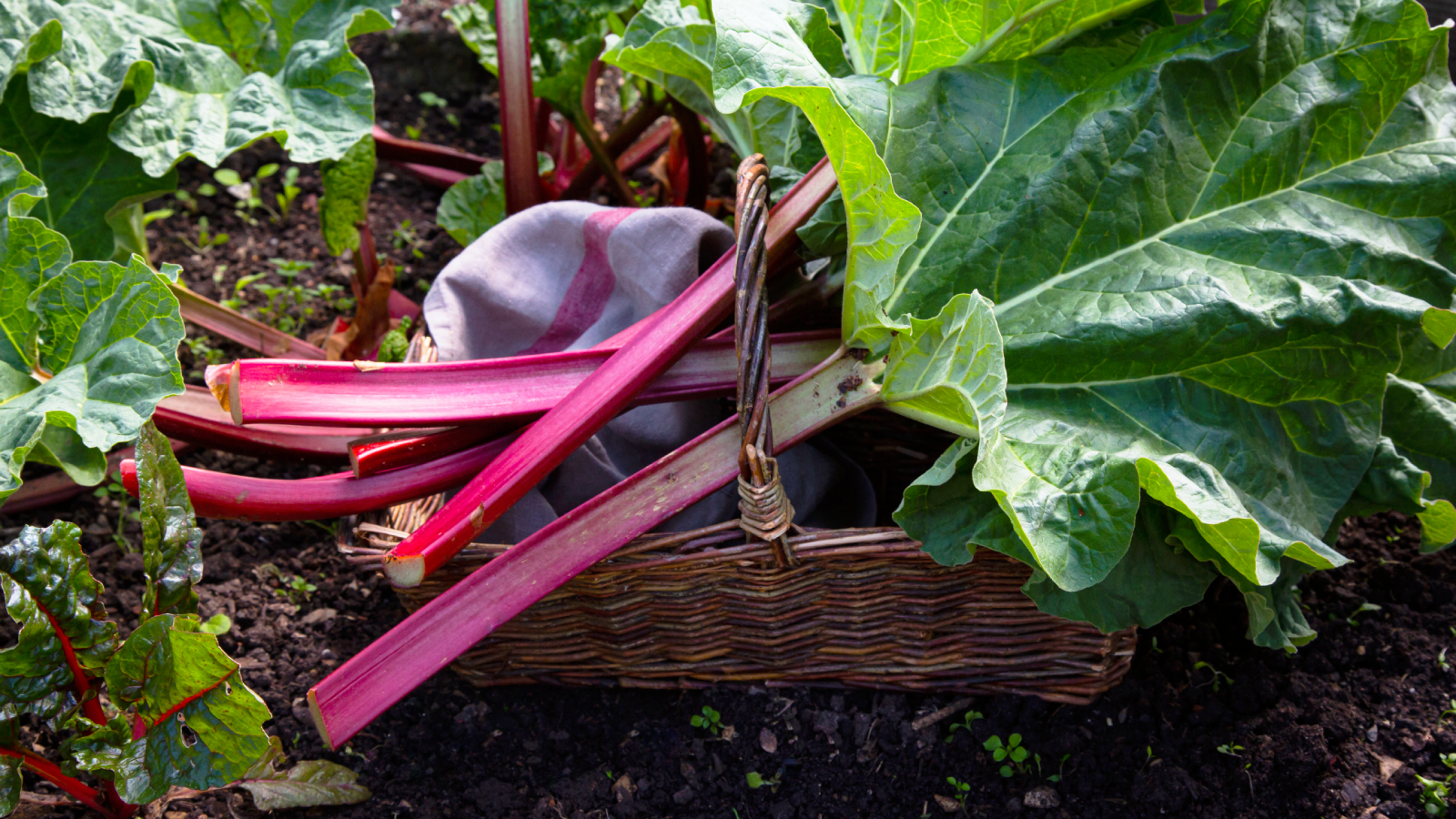
Nothing says spring like strawberry rhubarb pie! But before you can bake your very own homegrown dessert, you have to learn how and when to harvest rhubarb for peak flavor and freshness.
Growing rhubarb in the garden rewards you with years of delicious spring harvests and a beautiful ornamental plant that has a similar effect to a hosta. Rhubarb, a member of the buckwheat family, is a perennial with large leaves borne off of stalks that range from red to green.
These stalks, or petioles, are the edible portion of the plant and are what gardeners harvest to use in pies, sauces, and jams. Rhubarb is one of the prettiest edible plants and it looks right at home in either the vegetable garden or the perennial border.
Despite the popularity of rhubarb in the garden and its deliciously tart stalks in spring desserts, the large leaves of this plant are poisonous. That’s why learning how to harvest rhubarb the right way is important not only for taste, but also for safety.
Harvesting rhubarb the wrong way can also harm the plant. It’s vital to use the correct technique and never pick more than the plant can stand to lose. Let’s dig into how and when to harvest rhubarb the right way.
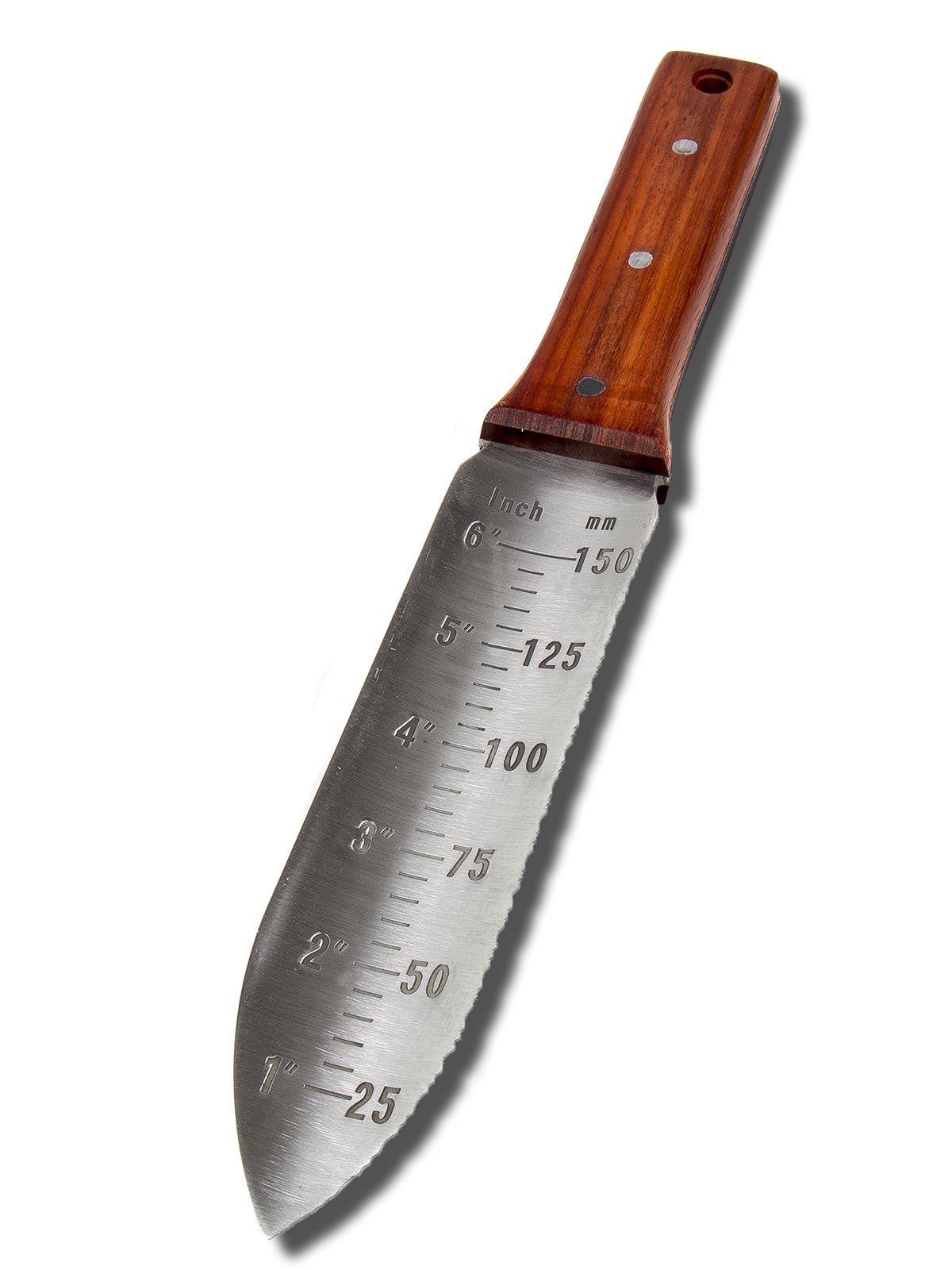
A good hori hori knife is a gardener's secret weapon! Garden Guru's sustainably made hori hori knife is perfect for harvesting, weeding, planting, and so much more. Get it now in the Gardening Know How Shop!
What to Know Before You Harvest
Rhubarb (Rheum rhabarbarum) is most often grown for its leaf stalks. Originally cultivated as a medicinal plant in China and Russia over 2000 years ago, its most common use shifted to cooking in Great Britain and the United States around the 18th century.
The underground portion of the plant is made up of rhizomes which survive winter underground. In fact, a cold period near freezing is a necessary part of caring for rhubarb over winter and required for the plant to break dormancy. Come spring, buds begin to form off the crown of the plant, unfurling stalks and leaves that can reach a height of 2.5-3 feet (76-91 cm) and nearly the same width across.
Gardening tips, videos, info and more delivered right to your inbox!
Sign up for the Gardening Know How newsletter today and receive a free copy of our e-book "How to Grow Delicious Tomatoes".
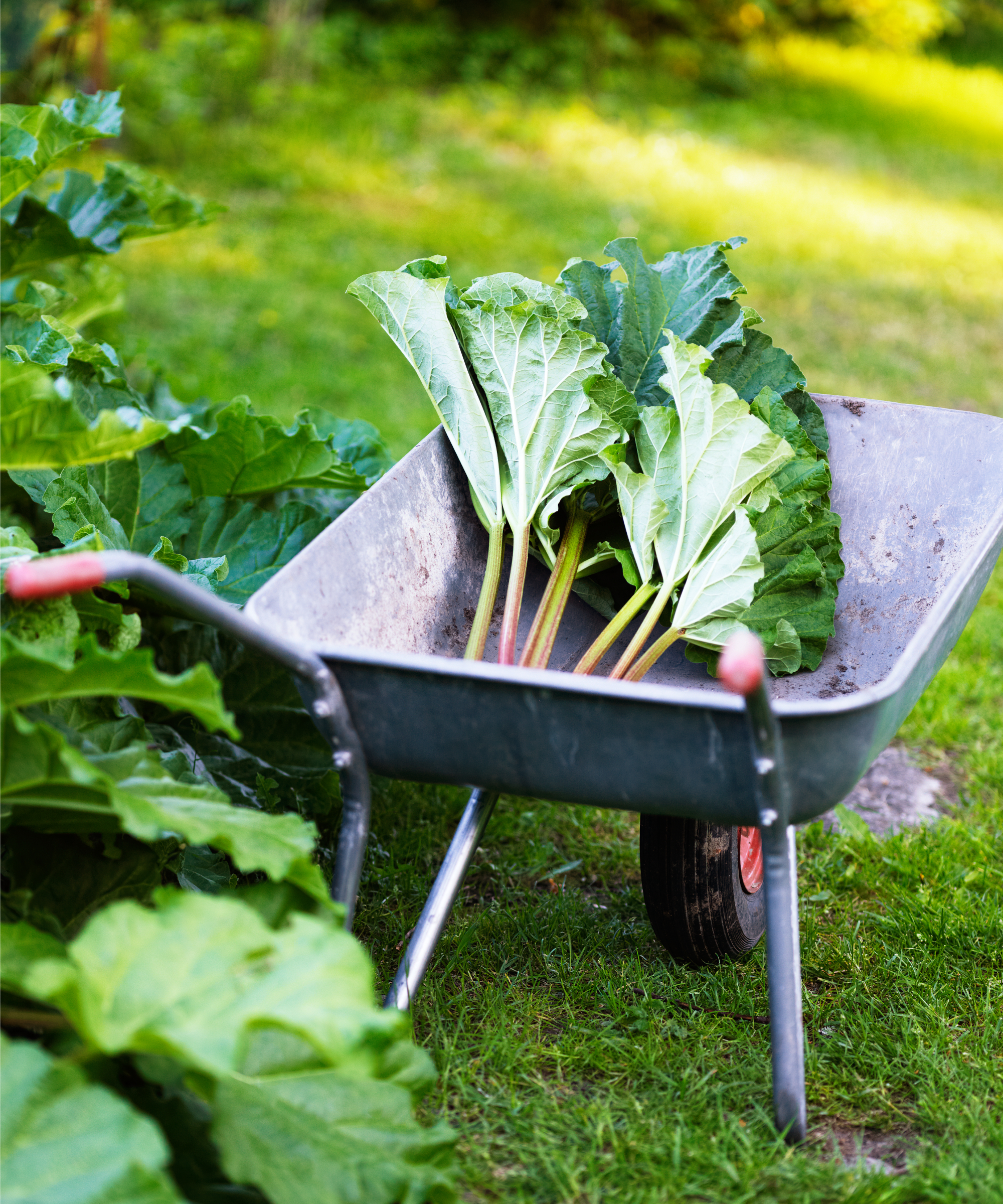
While the exotic leaves look wonderful in the garden, do not eat them. Rhubarb leaves are high in oxalic acid and soluble salts which are toxic to humans. That said, rhubarb is nutrient rich. It contains vitamins A and C, dietary fiber, thiamin, niacin, riboflavin, phosphorus, and potassium.
When to Harvest Rhubarb
Technically rhubarb is ripe all spring and summer. But for the best flavor and the health of the plant, there are certain times that are better for harvesting rhubarb. Depending on where you live, rhubarb season will happen at slightly different times. But generally, rhubarb is ready to harvest in April or May.
The surest way to know when to harvest rhubarb is to look at the stalks. Depending upon the cultivar, your rhubarb stalks may be green or red at the time of harvest. So don’t let color be the signal for when to harvest rhubarb.
Instead, look at the size of your rhubarb stalks to tell if they are ready for picking. When the stalks reach 10 inches (25 cm) long, it is time to harvest. At this size, you can be sure your plant is established and can tolerate harvesting. If your rhubarb stalks are small and spindly, leave them to continue growing.
When harvesting rhubarb, only take one-third of the plant. Taking more than this can harm your rhubarb and weaken or even kill it. Since rhubarb is a perennial, you want to treat it well so it continues to give you plentiful harvests for many years.
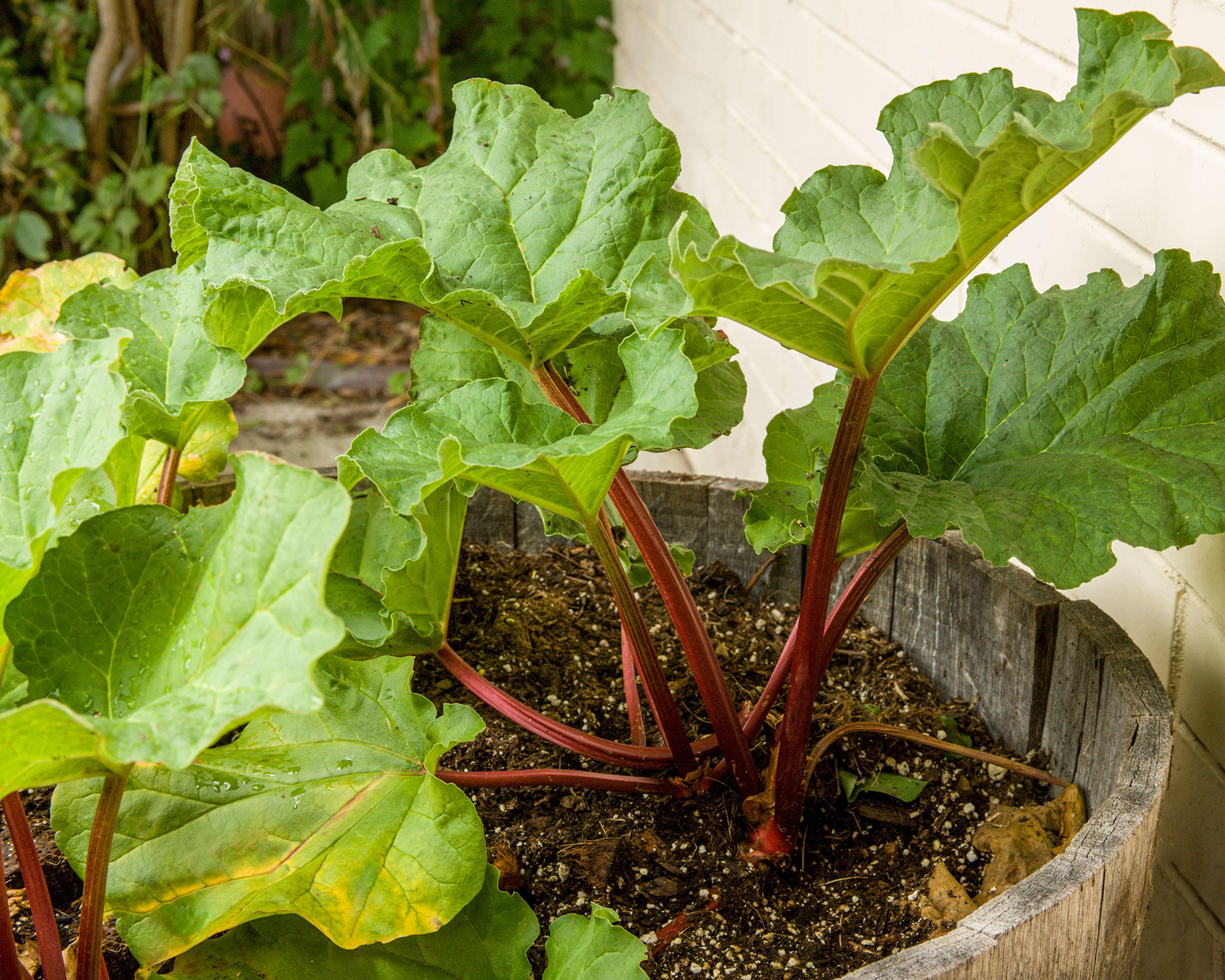
Knowing when to harvest rhubarb also means knowing when the season is over. Rhubarb season lasts for about eight to ten weeks, typically ending in June. Though you can keep harvesting rhubarb until fall, this will impede your rhubarb plant’s ability to store energy for the winter.
Significantly reduce or stop your rhubarb harvest in late June or early July so your plant can build up its energy stores. Again, you can pick rhubarb until the first frost, but do so sparingly or you risk killing your plant.
When NOT to Harvest Rhubarb
If you recently planted your rhubarb, wait two years after planting to harvest. This will ensure the plant’s crown and root system is established and can tolerate harvesting. In your plant’s third year, you can harvest rhubarb for a month. In the following years, you can harvest rhubarb for eight to ten weeks.
How to Harvest Rhubarb
There are two different methods to harvest rhubarb. The first way is to use a sharp, clean knife or garden shears to cut the stalk at the base of the plant. Be sure to cut at the base and not part way up the stalk as this creates an open wound where disease can enter and harm your plant. Since rhubarb is a perennial edible plant, it’s important to think beyond this year’s harvest and consider the long-term health of your plant.
The second rhubarb harvesting method is even easier than the first and it doesn’t require any tools. Grasp a rhubarb stalk at the base, then gently twist and pull to remove.
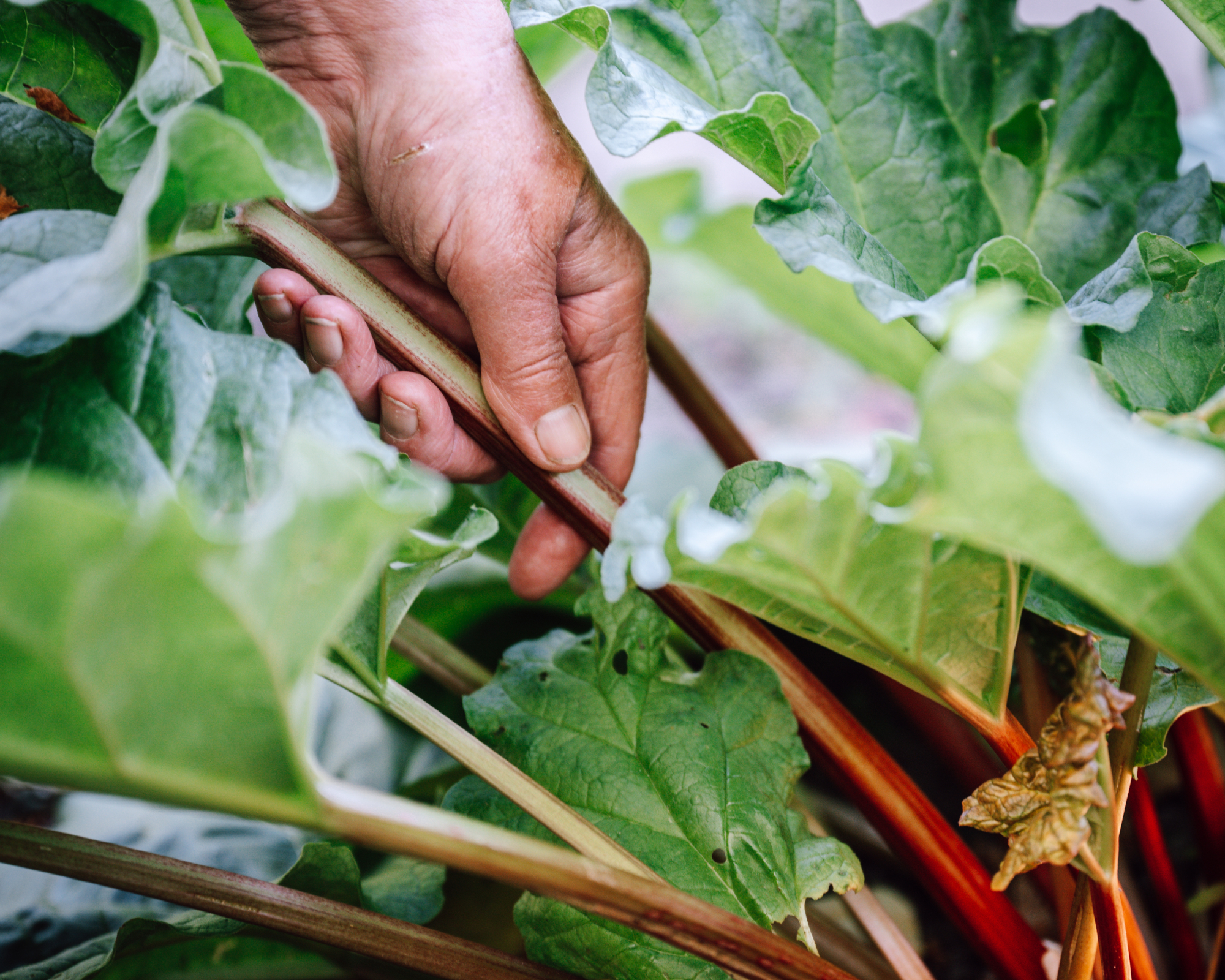
Cut off and compost rhubarb leaves after harvesting the stalks. If you have children or pets, do not leave rhubarb leaves in the garden or kitchen. Rhubarb leaves are poisonous, so discard them quickly to prevent humans or pets from accidentally ingesting them.
If rhubarb flowers appear, cut them off immediately. When rhubarb blooms, also known as bolting, this diverts all the plant’s energy away from producing edible stalks and instead channels it toward flowering and setting seed.
For the best-tasting harvests, cut off flower stalks and discard them in your compost pile. Flowers also usually signal the end of harvest time. As with other edible plants that bolt, like cilantro and spinach, your harvest will not taste as good after flowering.
How to Store Rhubarb After Harvesting
Wash or wipe down the stalks with clean water before storing your rhubarb harvest. You may store freshly cut rhubarb in a plastic bag in the fridge for two to four weeks. Another easy and delicious option is to cook your harvest into rhubarb sauce, then refrigerate or freeze for later use.
That’s all there is to harvesting rhubarb. Now that you know when and how to harvest rhubarb, it’s time to start picking and eating these tasty spring stalks.
This article features products available from third party vendors on the Gardening Know How Shop. Keep in mind that our plant inventory is limited—so if you’re thinking of purchasing, don’t wait!

Amy Grant has been gardening for 30 years and writing for 15. A professional chef and caterer, Amy's area of expertise is culinary gardening.
- Laura WaltersContent Editor
- Heather RhoadesFounder of Gardening Know How
-
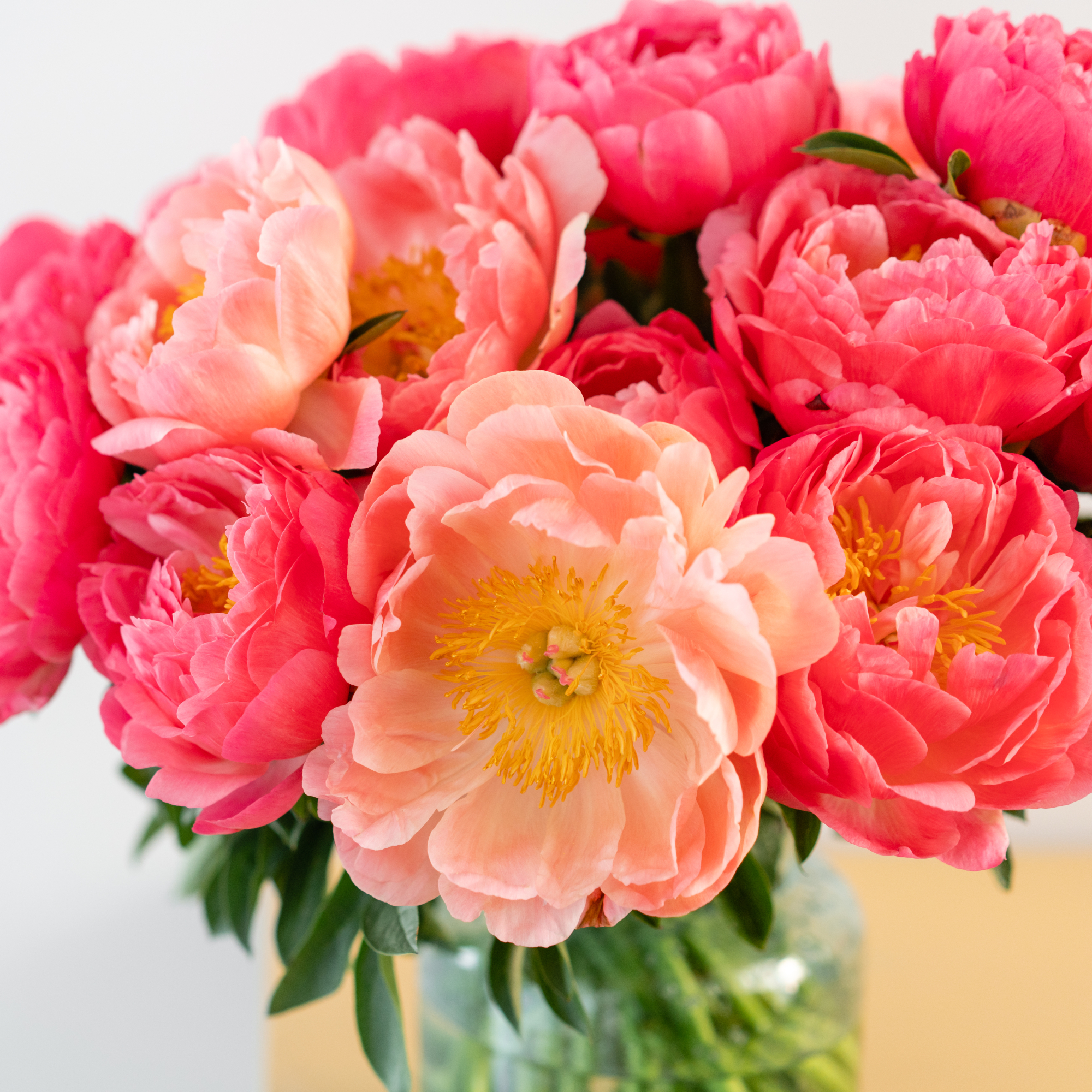 Coral Sunset Peony: Your Complete Guide To This Beautiful Color-Changing Hybrid
Coral Sunset Peony: Your Complete Guide To This Beautiful Color-Changing HybridThe coral sunset peony is a gorgeous addition to any garden. This beauty has double blooms that undergo an amazing color change as they age.
-
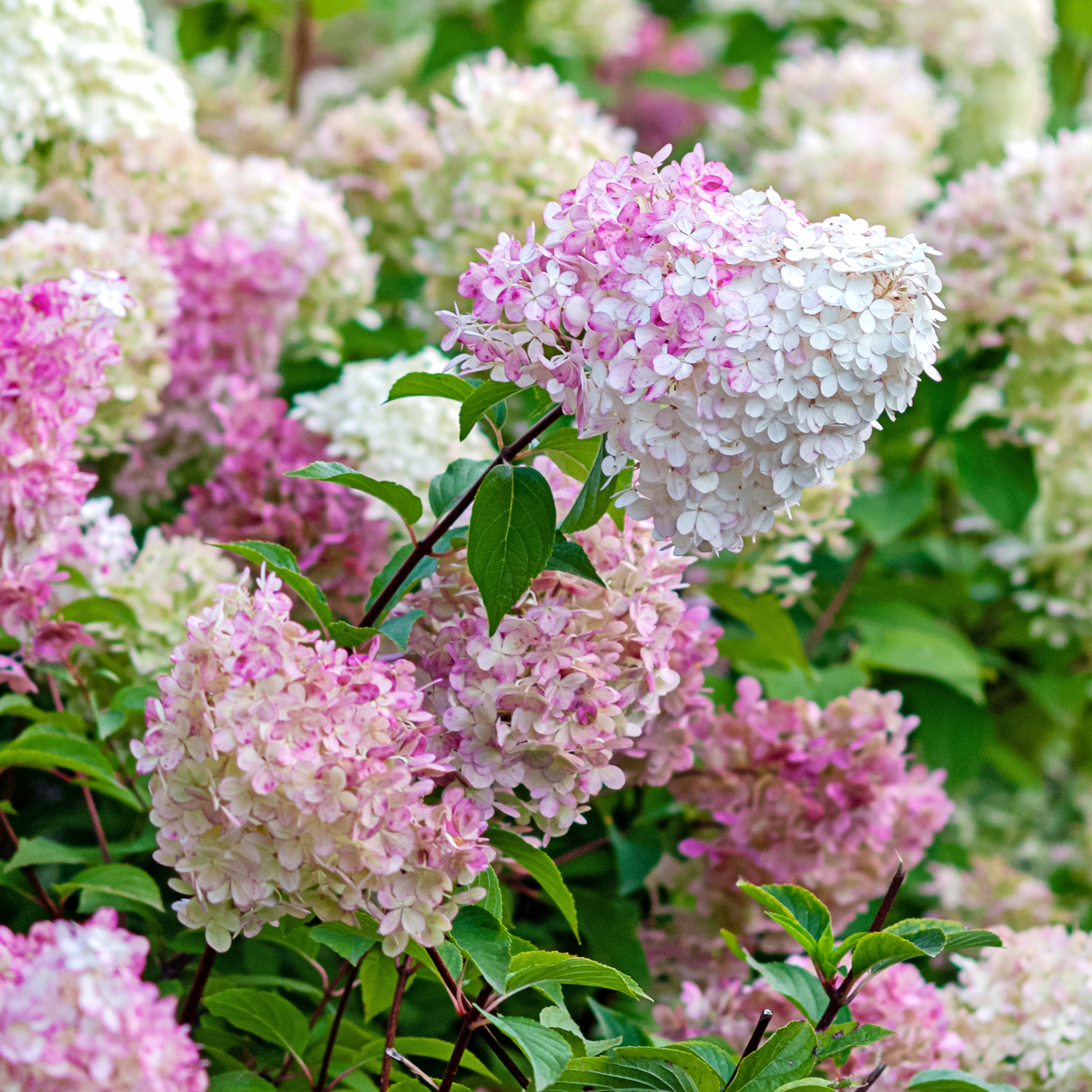 How To Grow Panicle Hydrangeas For Gorgeous, Low-Maintenance Blooms All Summer Long – Plus, Top Cultivars To Try
How To Grow Panicle Hydrangeas For Gorgeous, Low-Maintenance Blooms All Summer Long – Plus, Top Cultivars To TryPanicle hydrangeas are the ultimate low-maintenance shrubs! These beauties bloom all summer and all it takes is a little care. Here's how to help them thrive.